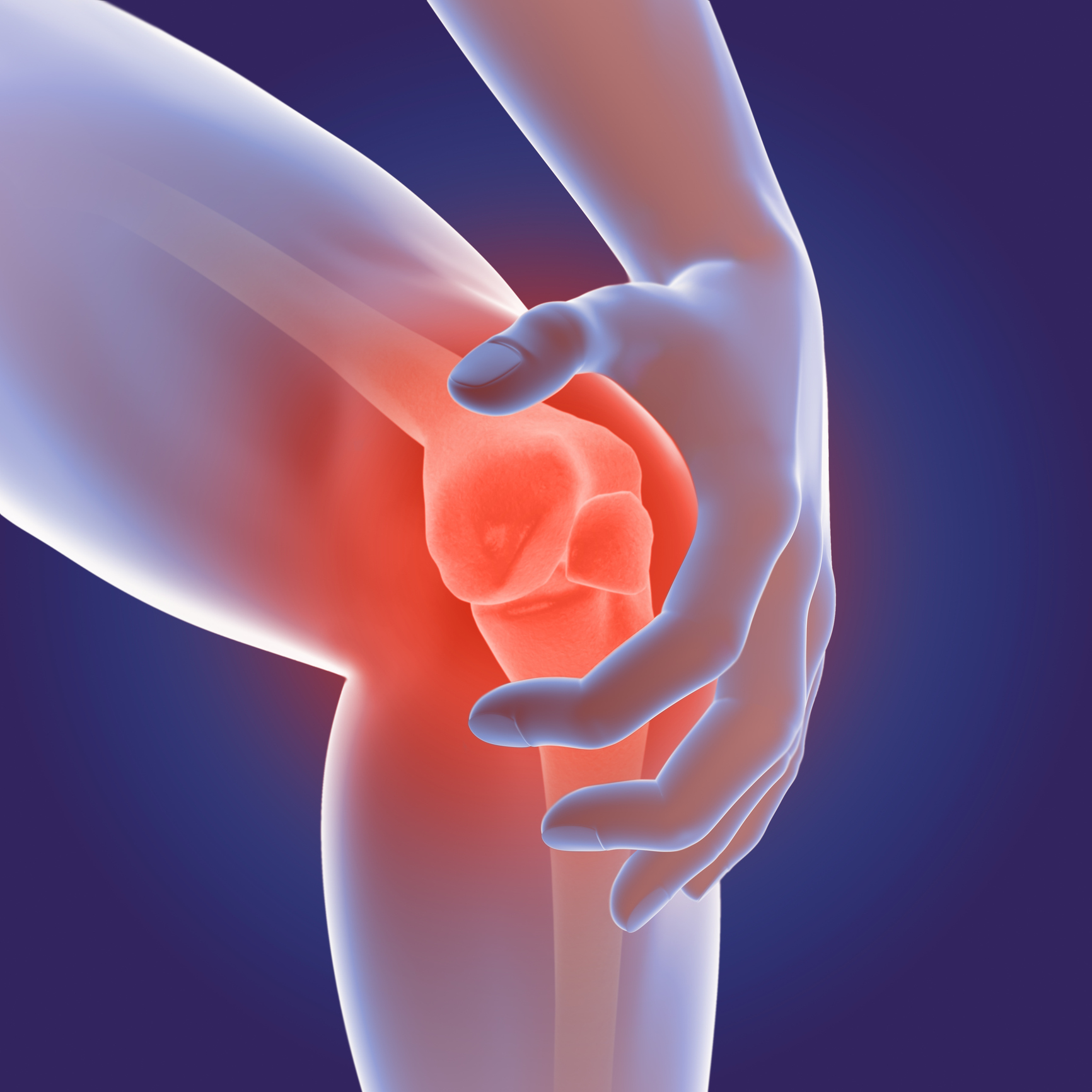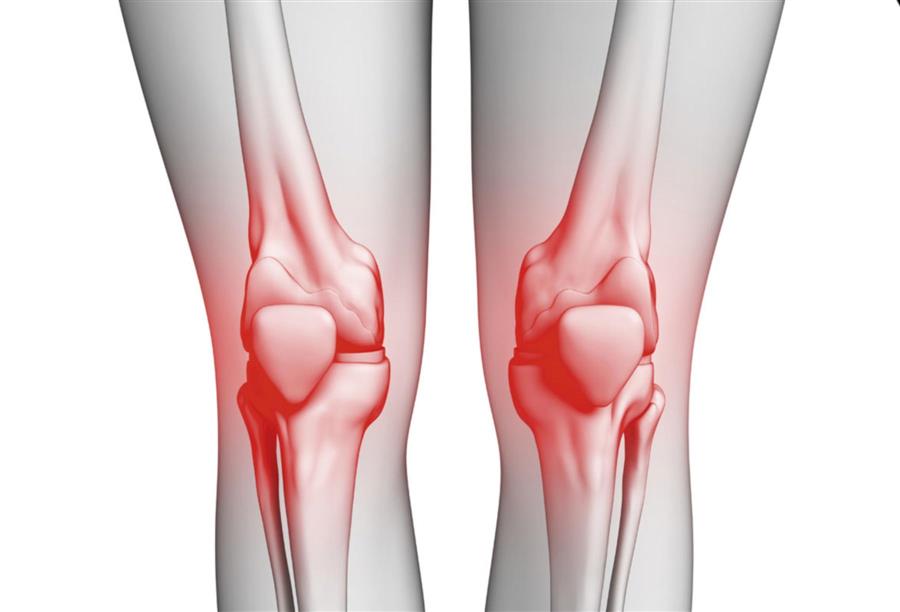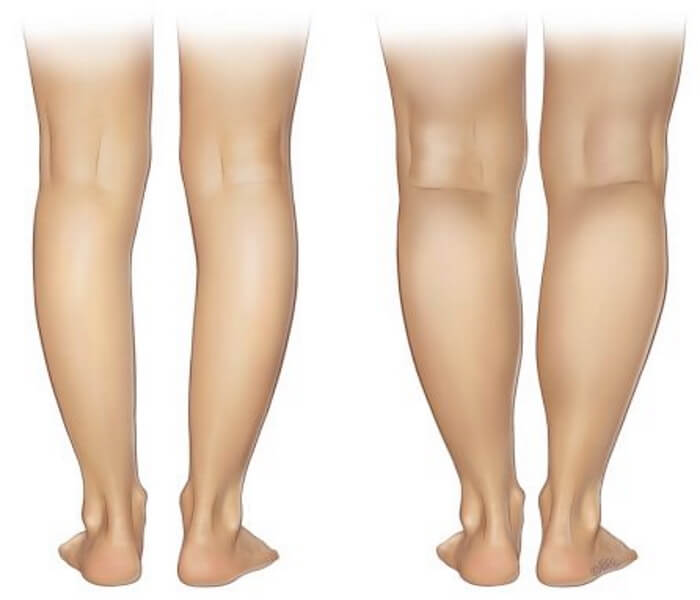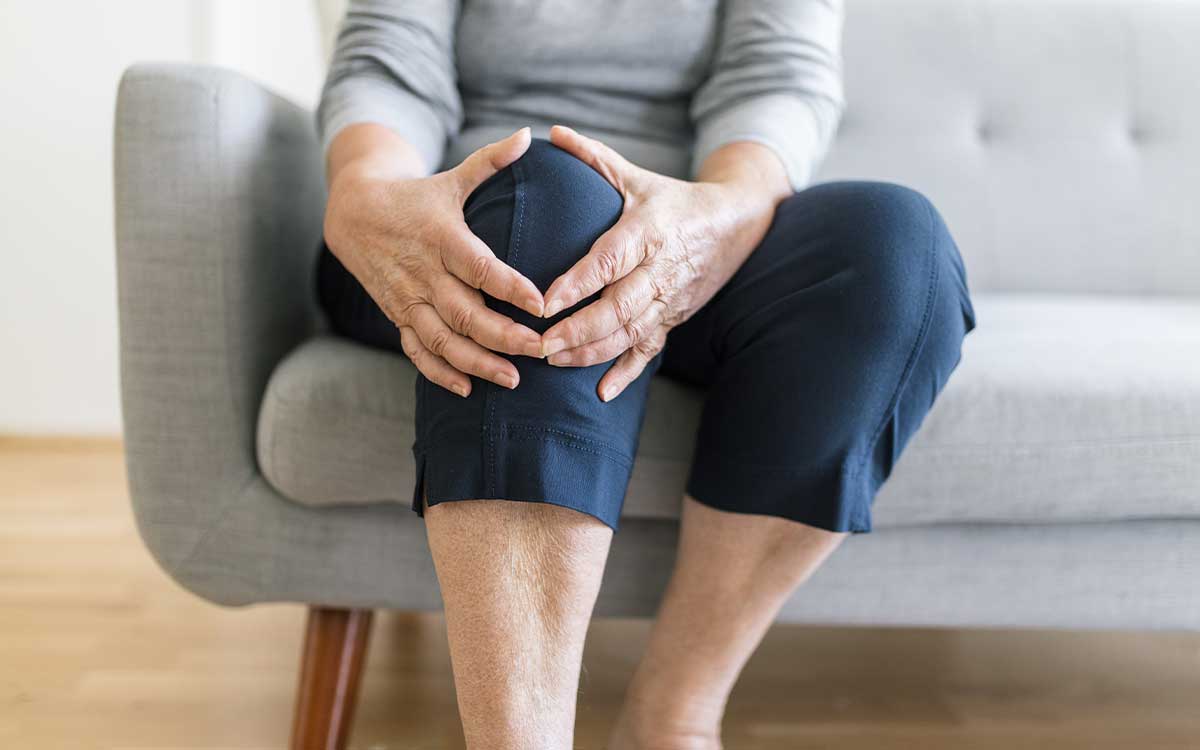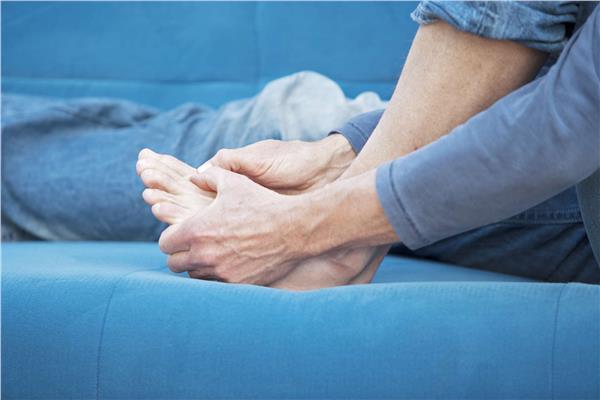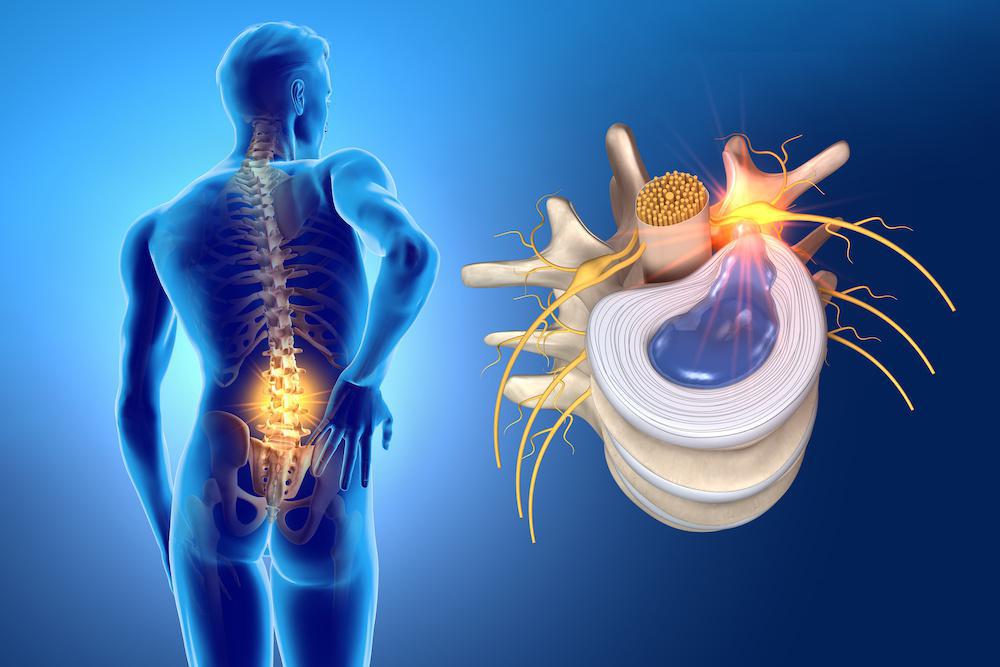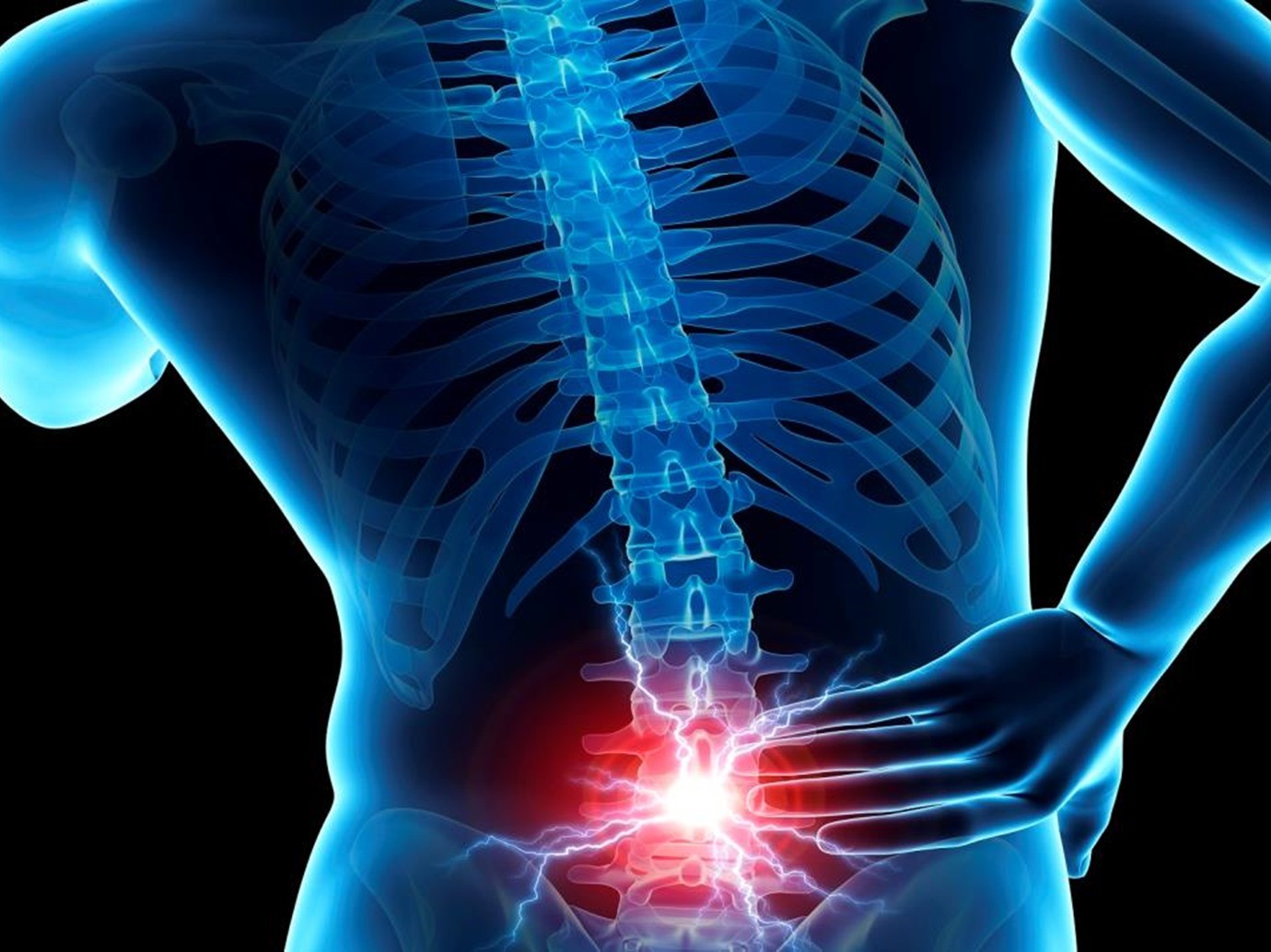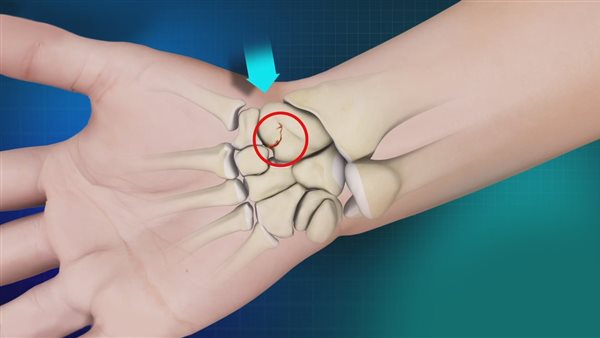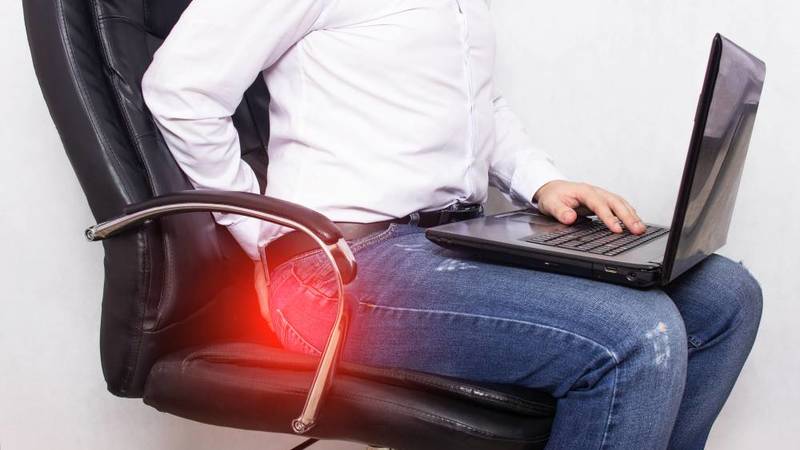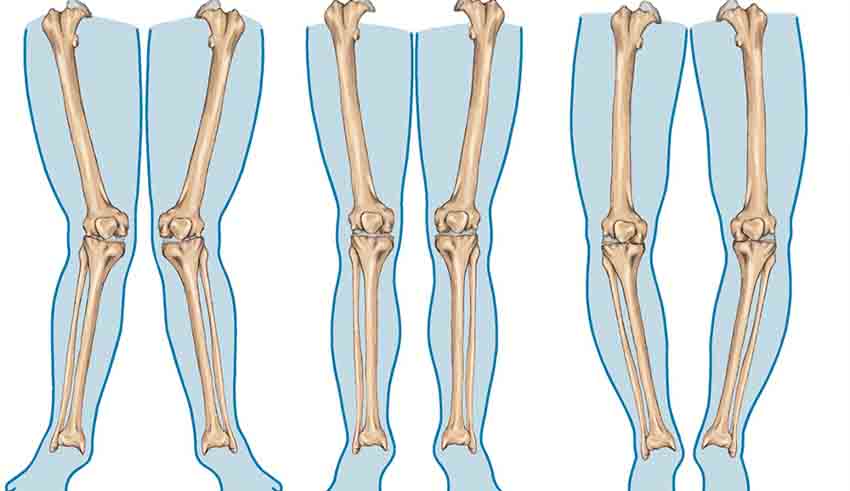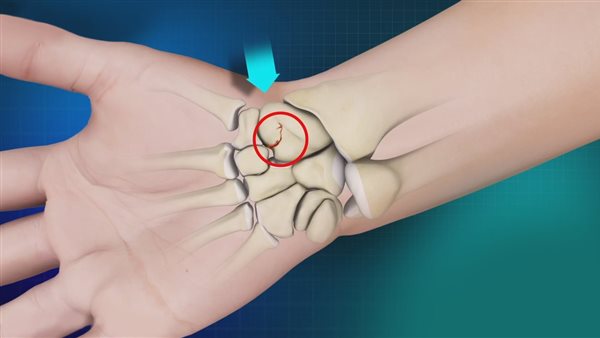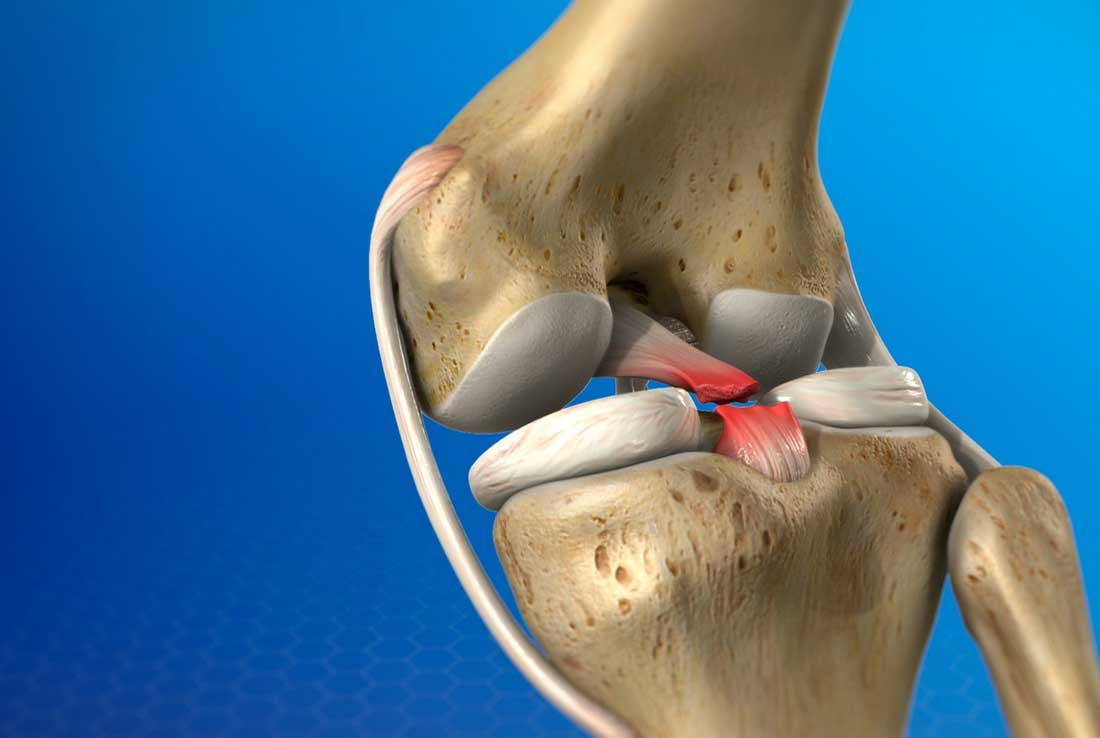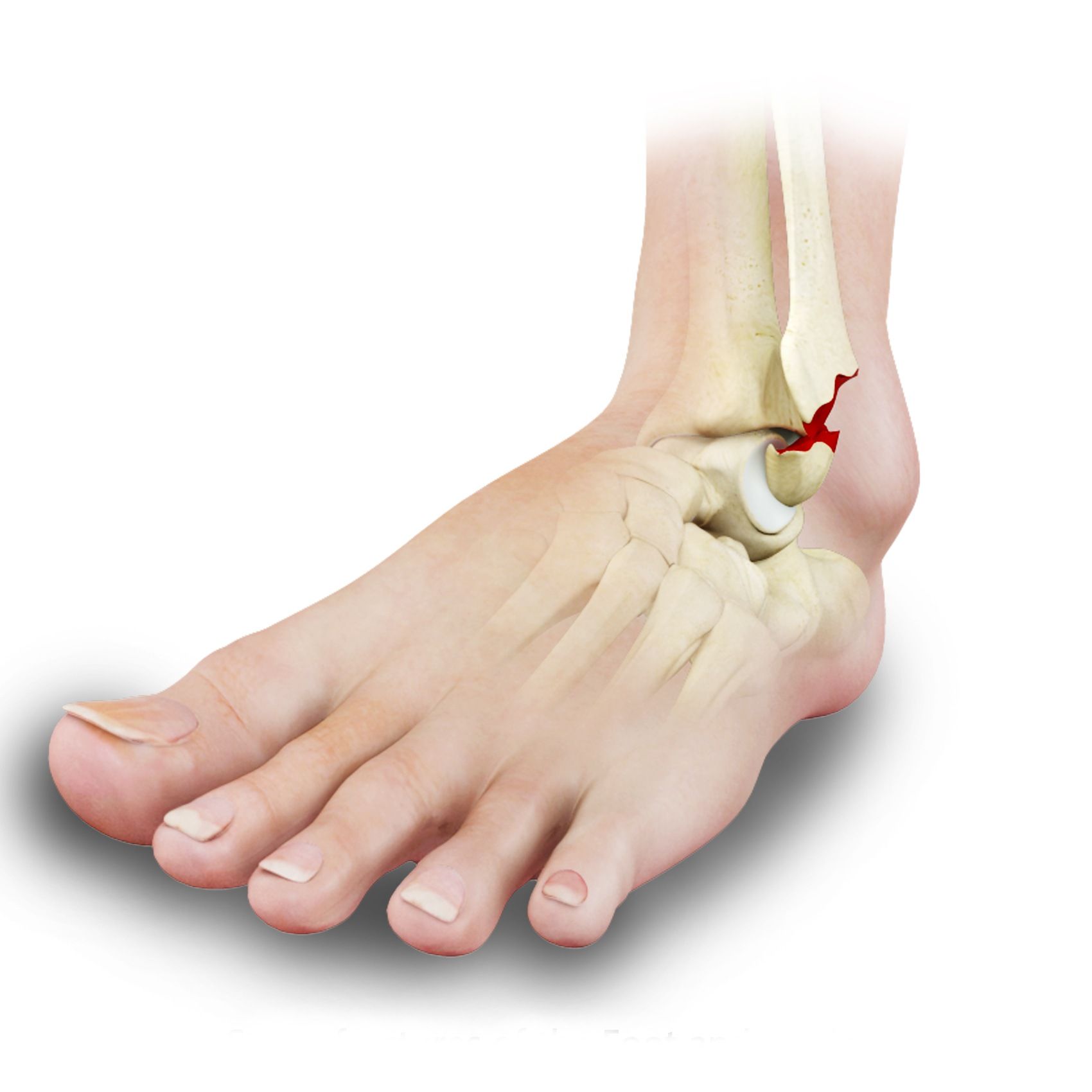What you do not know about sciatica for pregnant women
In most cases of pregnancy, women are susceptible to sciatica, and this may cause them to worry about many things. Follow the following article with us to learn how to deal with such a situation.
Sciatica for pregnant women
Some pregnant women may suffer from sciatica, which happens to them during the first months of pregnancy, especially in the second or third trimester, in addition to the possibility of pregnant women suffering from sciatica in the third or fourth month of pregnancy, but it is less common.
Many women believe that sciatica may affect normal childbirth, but there is no basis for this. However, the doctor must be well aware of the details of the condition in order to use the methods available to him in order to relieve back pain during childbirth.
In that case, the birth process should take place in a basin of water, as it greatly facilitates movement, and in order to be able to deal with the situation well, any health information that may help the doctor to take measures that facilitate childbirth should not be hidden.
Symptoms of sciatica for pregnant women
One of the main symptoms that affect pregnant women in the event of sciatica is the feeling of pain in the lower back, buttocks, and legs, as the pain begins in the lower back suddenly and begins to spread along the foot until it reaches the toes.
If symptoms begin to appear in a pregnant woman, they continue for a period that may reach several weeks, and most likely the pain is mild and can be dealt with, but with the ninth month of pregnancy the symptoms intensify and may be continuous or intermittent.
Symptoms increase when moving or sneezing, and the symptoms of sciatica for pregnant women are as follows:
- Leg numbness and tingling sensation.
- Severe burning in the lower extremities.
- Facing severe difficulty walking normally or even standing.
- Inability to control the bladder.
In addition, many indications may cause sciatica for pregnant women, for example:
- Suffering from weight gain.
- Maintaining a sitting position for long periods.
- Excessive effort in certain tasks, such as bending or lifting heavy objects.
Sciatica and pregnancy
When a woman suffers from sciatica during pregnancy, she should be very careful about some things and try to balance between healthy habits and things that reduce the severity of the pain at the same time, here are some tips that you can follow in order to achieve this:
- For the woman to lie down on the opposite side of the pain area.
- Do not lift heavy weights and avoid standing for long periods.
- Be careful not to stay seated for long periods while following correct sitting positions.
- It is possible to practice some sports that do not require pressure on the body, such as yoga or swimming.
- Put cold and warm compresses alternately on the areas where the pain is felt.
- Take medical advice from the doctor about the possibility of taking some painkillers.
- Use some pillows between the legs and under the abdomen to relieve pressure on the sciatic nerve.
- Make sure to keep moving, as inactivity exacerbates the symptoms of sciatica.
- Do not climb too many stairs.
- Avoid high heels.
- After giving birth, it is preferable to keep the feet straight in the case of breastfeeding and to use a pillow that raises the baby to the breast.
- Use changing tables instead of bending over.
- If the child is raised, the back should be kept straight and the knees bent.
- Sit next to the baby while bathing instead of bending over.
Sciatica exercises
The best way that an individual can follow in order to alleviate the symptoms of sciatica is by following a healthy lifestyle while taking care to practice some exercises that are known to be effective in preventing the serious development of the disease, and here are some of them:
Knee-to-Chest Exercise

The importance of this exercise is because it stretches the muscles that are located at the bottom of the buttocks and the upper thigh muscles, and here is how to do it:
- Lie on your back with your legs bent and feet straight.
- Gently lift one foot to the chest and hold the other in place.
- Lower back pressure in this position for 30 seconds.
- This exercise is repeated 2 to 4 times on each side.
Standing Hamstring Stretch

This exercise is done in order to reduce the pressure on the groin area due to sciatica, and this exercise is done as follows:
- Stand up straight and raise one foot on a slightly higher surface.
- Straighten the ladder leg and raise the toes upward.
- Slowly bend forward, keeping your back straight.
- Hold this position for 20 to 30 seconds.
- Repeat the previous steps on the other foot.
Pelvic tilt

This exercise is recommended by many doctors due to its great effectiveness in reducing pain caused by sciatica, and here is how to do it:
- Lie flat on your back, knees bent, feet flat on the floor, and arms at your sides.
- Push the stomach out.
- Stay like this for 5 seconds.
- Back flat on the floor and pull your navel towards the floor and stay there for 5 seconds.
- Repeat this exercise several times during the day up to 30 times.
Sitting spinal stretch

This exercise primarily works to relieve tension on the muscles that surround the spine, and here’s how to do it:
- Sit on the floor.
- Make sure to bend the right knee and place the foot flat on the floor outside the left knee.
- Lean your left elbow on the outside of your right knee to gently turn the body to the right.
- Hold this position for 30 seconds and then repeat on the other side.
- Do this exercise three times a day.
Reclining pigeon pose

This exercise is classified as a type of yoga that is divided into several forms, and here is how to do it:
- Lie on your back with your right leg crossed and your hands behind your thigh.
- Lift the left leg and place your right ankle over the left knee.
- Hold this position for just a moment and then repeat the steps on the other side.
Methods of treating sciatica
There are many ways in which sciatica can be treated and they vary according to the individual’s condition and the extent of the disease’s development, but it must be taken into account that it is not possible to recover from it completely, but rather some measures are taken that relieve pain and prevent the development of symptoms seriously.
Does vitamin B treat sciatica?
Doctors’ advice continues about the need for individuals to take essential vitamins and to contain their food with the required elements, and vitamin B in particular is not good to lose in the body at all because it may cause nerve infections of all kinds.
Despite its great importance in the human body, taking vitamin B during sciatica does not reduce symptoms or pain in any way, but its role mainly works to prevent this from happening.
What are the beneficial herbs for sciatica?
- Jamaican dogwood.
- St. John’s wort.
- Arnica.
- the Garlic.
- turmeric.
Is it permissible to massage sciatica?
Massaging the areas affected by sciatica has an effective role in stimulating the hormone endorphins, which greatly soothes pain and gives one a sense of comfort, therefore, massage is an effective way to reduce tissue pain and soothe muscles.
What is the treatment of sciatica in the right leg?
One of the methods used in the treatment of sciatica in the right leg is to perform some exercises that are carried out under the supervision of a physiotherapist, and it must be recognized for its effectiveness in reducing pain significantly.
Sciatica damages
Individuals suffer from sciatica as a result of severe pressure on the sciatic nerve, and if the matter is not remedied from its inception, the situation becomes worse over time. Here are some of the serious complications of sciatica:
- Unbearable severe pain.
- A slipped or herniated disc.
- Severe apathy in the affected leg, and it may reach the point of completely losing sensation.
- The inability to control the bladder and intestines and the occurrence of a defect in their functions.
- Nerve damage.
- Facing severe difficulty in movement and inability to walk normally.
What is the difference between herniated disc and sciatica?
There is a very big difference between both herniated disc and sciatica, as sciatica is an inflammation of the sciatic nerve in the thigh and results in severe pain in the legs.
As for a herniated disc, it mostly affects the vertebrae and causes severe pain in the lower back, in addition to neck pain.
What is the difference between sciatica and varicose veins?
Sciatica is classified as a nerve disease, while varicose veins are a type of vascular disease. Here are the symptoms of each in order to be able to differentiate between them.
Sciatica symptoms
- The appearance of frequent pain in the thigh and leg.
- Feeling severe pain in the lower back.
- Numbness in the affected foot.
- Severe pain when moving or standing.
- The pain is on only one side of the body.
Symptoms of varicose veins
- Swelling of the veins in the leg.
- Heaviness in the legs.
- Severe pain when standing or walking.
- Lipoid scleroderma.
- The emergence of capillaries in the affected foot.
- Discoloration of the skin on the affected leg.
- Feeling of intense itching accompanied by redness of the skin.
- restless legs
How to avoid sciatica?
- Ensure that the body is in the correct position, whether while sleeping, sitting, standing, or walking.
- Stop smoking completely.
- Take care to avoid obesity.
- Maintain regular exercise.
- Doing many activities that support the structure of the back.
- Avoid falling or colliding.

